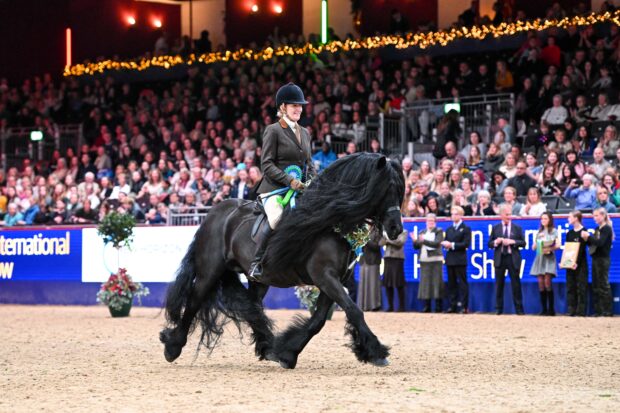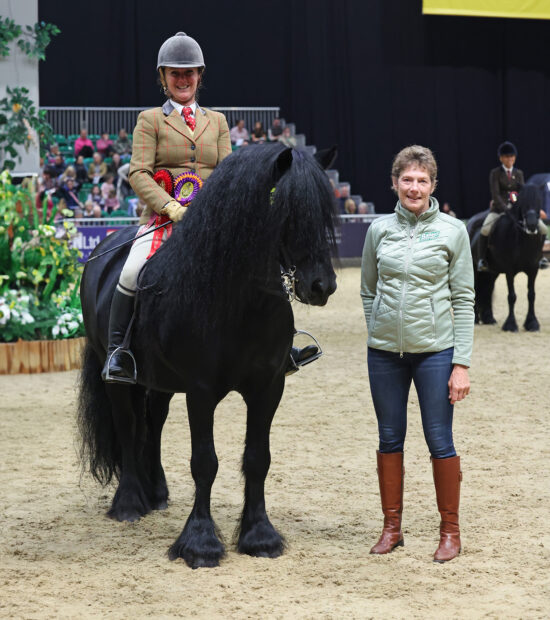The Fell pony could die out if the breeding of feral and semi-feral young stock is not encouraged. According to the Fell Pony Society, the popularity of the breed is flourishing but the natural characteristics of the ponies can only be preserved if there are feral herds.
A study by conservation scientist David Murray has shown increasing numbers of Fell pony breeders in Cumbria and the Lake District are retiring as grazing on uplands has become limited, leaving only 400 breeding females in the area. Landowners and authorities are failing to recognise their potential importance to upland conservation, according to Dr Murray, and endangering the breed as a whole.
Stocky, thick-coated Fell ponies, usually 13 to 14hh, date back to Roman times and are known for their good natures and hardiness. The breed is popular in both showing and driving circles; the Queen breeds Fell ponies and the Duke of Edinburgh uses them for driving. International demand, particularly from America, is at an all time high.
But in order to preserve the characteristics of the breed, breeders have to go back to feral and semi-feral stallions. “It is the only way to maintain their hardiness, thriftiness and sure-footedness,” explained a spokesperson for the Fell Pony Society, “There will be no more than a dozen herds of ponies reared on the fell in the UK this year. More needs to be done to keep them in their natural environment.”
The society is encouraging landowners and bodies such as English Nature to recognise the potential conservation benefits of grazing Fell ponies, in order to encourage breeders. “The semi feral herds are declining,” said the spokesperson. “They are ideal conversationalists but organisations do not recognise this.”
Fell ponies can survive harsh weather conditions and eat poor quality forage such as the coarser grasses rather than wild flowers or heather, which needs to be preserved. Their grazing patterns encourage rare wild flower species by opening up grazed areas amongst taller vegetation. According to Mr Murray they encourage the type of vegetation suitable for birds, invertebrates and plant communities.
In a Royal Geographical Society survey in 2005 Dr Murray wrote: “Encouraging ponies to live in the British Uplands could enhance biodiversity, save important genetic stock, help preserve changing landscapes and ensure the survival of a significant cultural heritage.”
On Friday 20 October the annual sale of registered Fell ponies will take place at Penrith & District Farmers’ Mart, Penrith, Cumbria. Ponies offered for sale will range from foals and youngstock to newly broken and experienced ponies, some of which will have been reared on the fell and from semi-feral herds.
For further details please visit the Fell Pony Society website: www.fellponysociety.org



